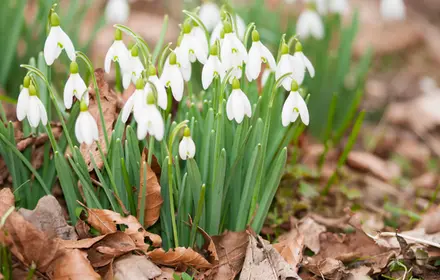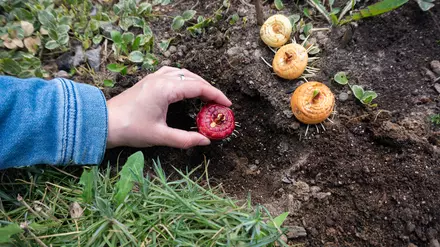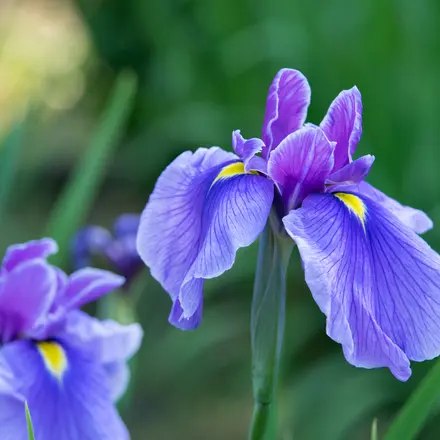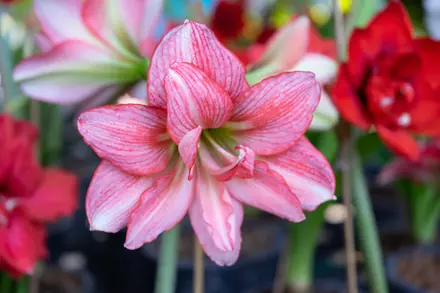Leave the Leaves!

When autumn arrives and the leaves begin to fall, many gardeners instinctively reach for the rake and yard bags, preparing to haul the colourful mess to the curb. But here’s the truth: those leaves aren’t waste at all — they’re a gift. Instead of sending them to the landfill, put them to work in your garden. By mulching leaves into your beds or adding them to your compost pile, you’ll be giving your soil a rich, organic boost that benefits your plants for seasons to come.
Why You Should Skip the Landfill
Each year, countless bags of fallen leaves are hauled away, only to end up in municipal waste streams. Not only is this unnecessary, but it’s also a missed opportunity. Leaves are loaded with organic matter and trace minerals that trees have drawn up from deep in the soil. When returned to the earth, they help:
- Enrich the soil: Decomposed leaves break down into leaf mould, a nutrient-rich material that improves soil structure.
- Boost microbial life: Leaves feed beneficial fungi and bacteria that keep your soil healthy and active.
- Improve water retention: Organic matter from leaves helps sandy soils hold water longer and makes clay soils drain better.
- Reduce waste: Recycling leaves in your garden means fewer plastic yard bags and less strain on landfills.

Mulching Leaves Into Garden Beds
One of the simplest and most effective ways to use fallen leaves is as mulch. Just shred the leaves with a mower or leaf shredder and spread them over your beds. A 5–8 cm (2–3 inch) layer works wonders for:
- Protecting plant roots from temperature swings
- Conserving soil moisture through the winter
- Suppressing weeds in both flower and vegetable beds
By spring, much of the leaf mulch will have broken down, enriching your soil with organic matter. For perennials and trees, mulched leaves act as a natural blanket, keeping roots cosy until the growing season returns.
Composting With Leaves
Leaves are also an excellent addition to your compost pile. Since they’re high in carbon (the “brown” component of compost), they balance nitrogen-rich “green” materials like veggie scraps and grass clippings. Layer shredded leaves with kitchen waste, garden trimmings, or manure to create a balanced compost that breaks down efficiently.
If you have lots of leaves, consider setting up a dedicated leaf compost pile. Pile them up, keep them moist, and turn occasionally. Within a year or two, you’ll have beautiful, crumbly leaf mould — often called “black gold” by gardeners for its ability to improve soil texture and fertility.

Tips for Managing Autumn Leaves
- Shred before mulching: Whole leaves can mat down and block air and water. Shredding speeds up decomposition and keeps mulch loose.
- Keep some for later: Bag up extra shredded leaves and store them dry. Add them to your compost pile throughout the year as needed.
- Don’t overdo it on lawns: A light layer of shredded leaves is fine, but thick piles can smother grass. Use the extras in beds or compost.
- Watch for diseased leaves: Avoid mulching or composting leaves from plants affected by fungal diseases (like powdery mildew) to prevent spreading.
Ask Your Local Garden Centre
Need a leaf shredder, compost bin, or advice on how best to recycle your autumn leaves? Your local Canadian garden centre can point you in the right direction. They can also suggest other organic mulching options to pair with leaves, making your garden even healthier.

The Takeaway: Feed Your Garden, Not the Landfill
Instead of treating autumn leaves as a chore, think of them as nature’s gift to your garden. By mulching them into beds or composting them, you’ll improve soil fertility, structure, and water retention while reducing waste.
So this fall, skip the landfill bags, fire up the mower, and let those leaves return to the soil. Your garden will thank you with richer growth and healthier plants next year.



